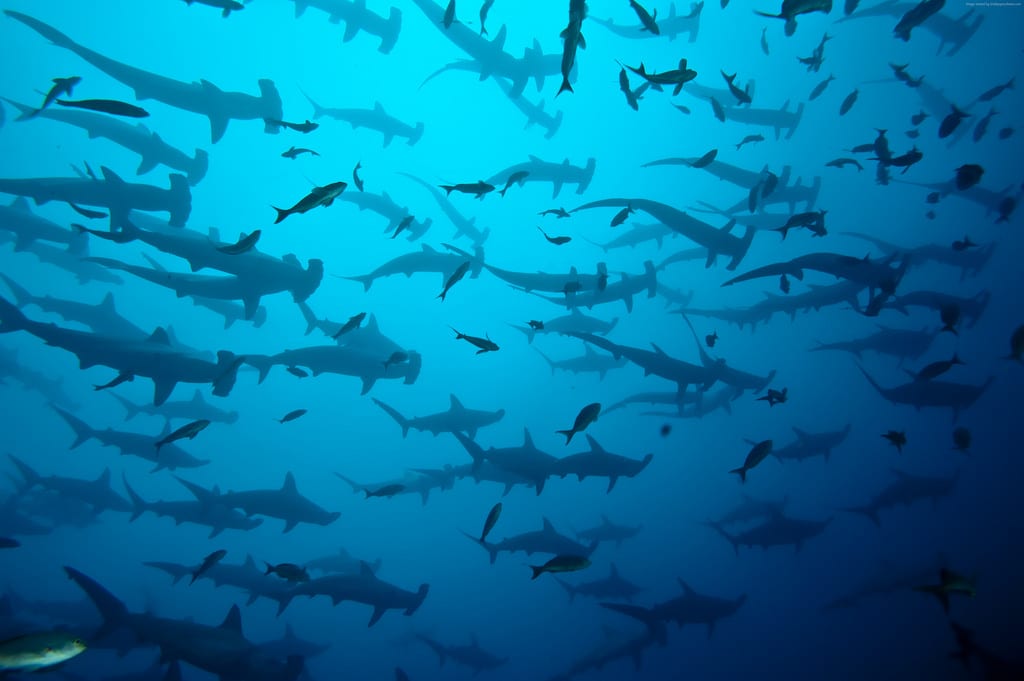
5 Nature Lover Locations Out of the Ordinary
Although undeniably unique experiences, safaris in South Africa or kangaroo spotting in the Outback are pretty well known. Even if you haven’t jetted abroad to experience the wonder for yourself, depictions on TV and in magazines give you a pretty good idea of how amazing it is.
However, did you know that there are locations around the world that are home to some of the lesser-known natural phenomenon? Here’s where you can see 5 of the world’s more secret animal exploits.
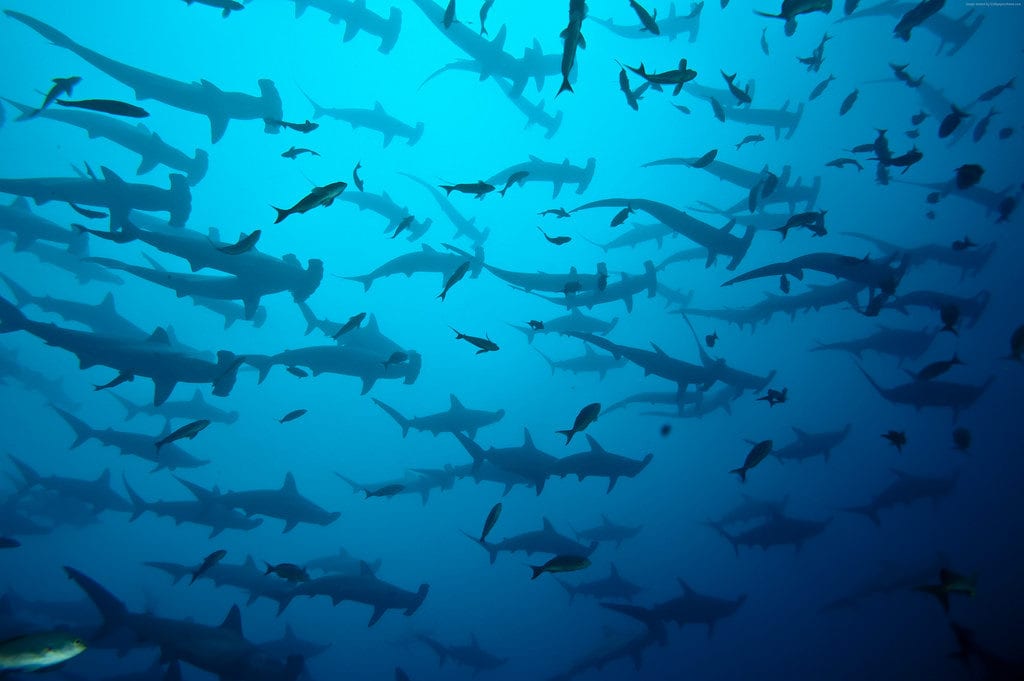 Cocos Island, Costa Rica
Cocos Island, Costa Rica
Between June and December the dive sites of Bajo Alcone, Dirty Rock Punta Maria of Cocos Island are home to an incredible aquatic migration. Between the Galapagos Islands, Malpelo Island (Colombia) and Cocos Island, countless hammerhead sharks migrate from south Florida. The best sites to view the unique shark species are from Cocos Island in the summer months as they are attracted by the nutrient upswells. Visitors have spotted up to 200 hammerheads during their dives from Cocos Island. However, the sharks can be spotted throughout the hammerhead triangle made up by the three islands.
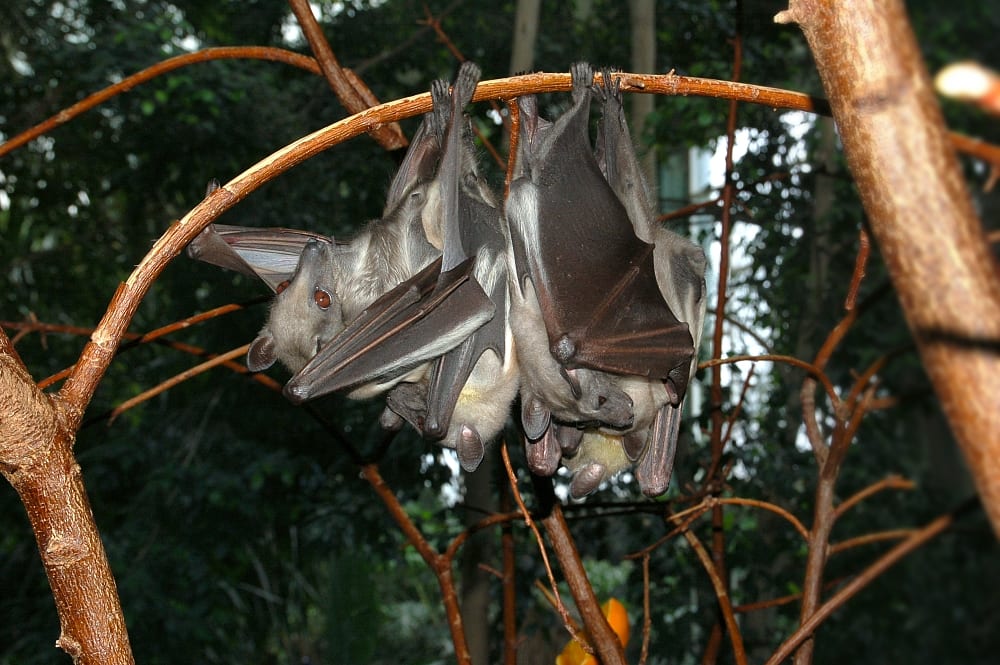 Kasanka National Park, Zambia
Kasanka National Park, Zambia
Every October the skies over Central Africa darken. However, this is not a Halloween trick. Every year, 10 million fruit bats migrate from the Congo Basin to Kansanka National Park with one thing on their minds – food! The national park in Zimbabwe is rich with mango, milkwood berries, wild loquat and waterberries that the fruit bats simply cannot get enough of. Each bat consumes around two kilograms of sweet fruit each night before departing around Christmas time, leaving the trees and bushes stripped bare of berries.
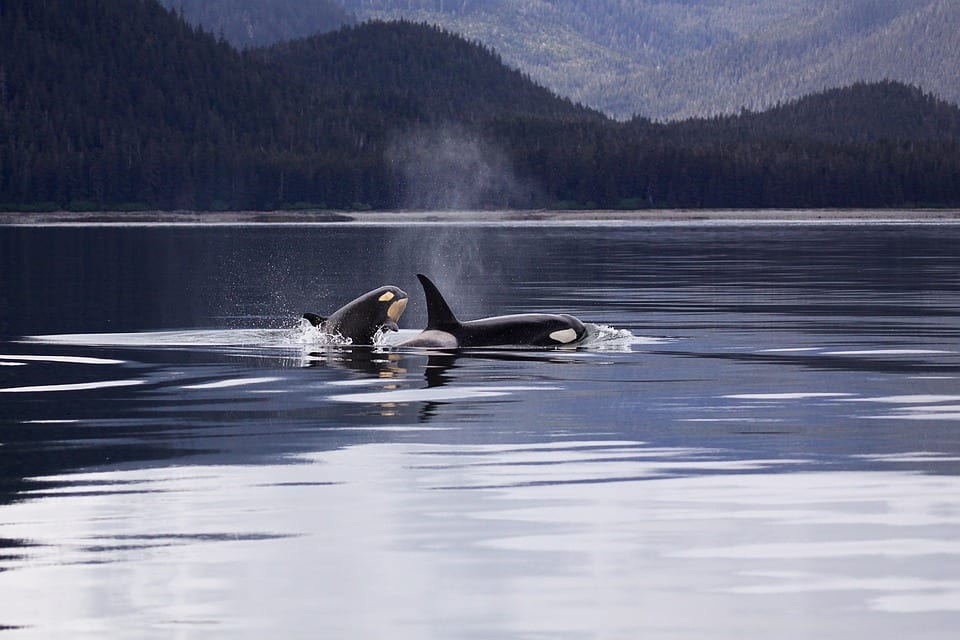 The Norwegian Fjords
The Norwegian Fjords
The Norwegian city of Tromso lies 200 miles within the Arctic Circle and is one of the best locations in the world to experience the Northern Lights. However, it is the fjords which lie north of the city which encourage adventurers who can stomach the cold to pay a visit.
Boarding a cruise ship, passengers are taken to the icy waters to view orcas, also known as killer whales, in their natural habitat. They are drawn to Norway due to the high volumes of herring in the waters, a particular orca favourite.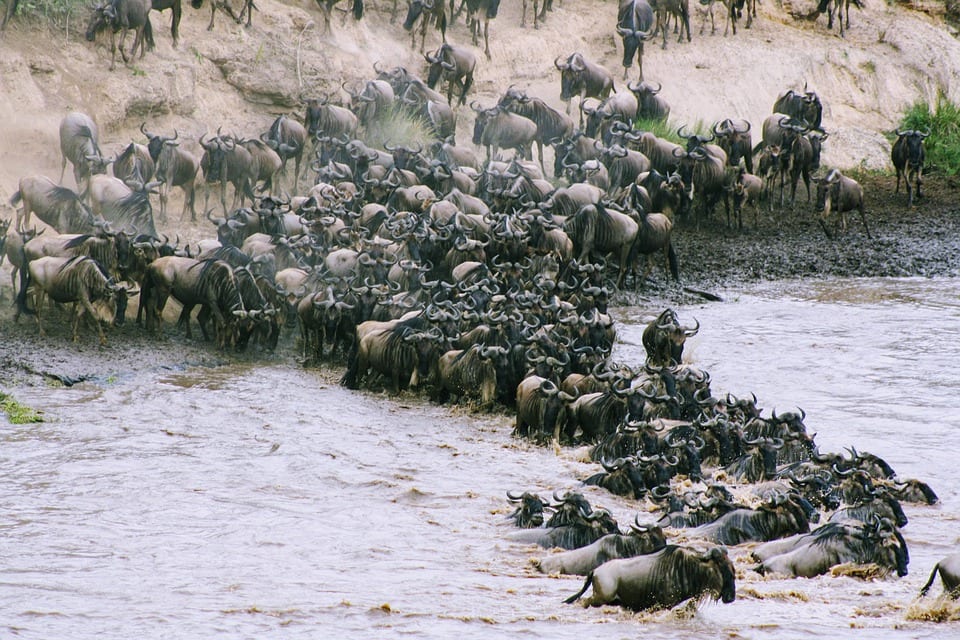
The Serengeti, Northern Tanzania
The incredible Serengeti is a large ecosystem spanning much of northern Tanzania and south-western Kenya, where the region is known as the Maasai Mara. Not only is the Serengeti famous for its large population of lions, it is home to the worlds largest mammal migration in the world, undertaken by wildebeest, zebra and antelope.
Every year, these mammals migrate clockwise around the Serengeti-Masai Mara region. During this year-long pilgrimage, they find the time to mate and give birth. From January to June the herds are moving across the Serengeti. July presents one of the most nerve-wracking moments, when the defenceless mammals must cross the various river tributaries do their best to avoid the huge Nile crocodiles.
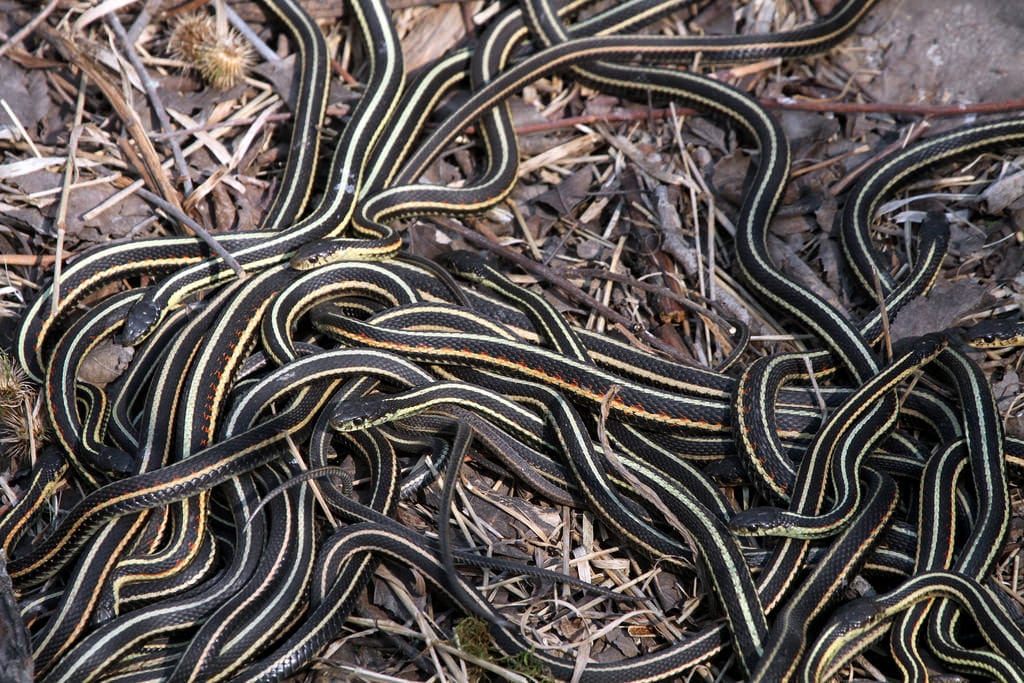 Manitoba, Canada
Manitoba, Canada
If you have a fear of snakes, we suggest you divert your attention elsewhere. Every year at the end of autumn, thousands of red-sided garter snakes descend upon Manitoba to hibernate. Snake lovers celebrate it as the largest snake gathering in the world, whilst Manitoba residents who aren’t snake fans tend to head out of town.
In the spring, the snakes depart their hibernation dens, and the plains of grassland come alive as 100,000 wriggling reptiles start their 32-kilometre journey.
Fortunately, the snakes are only mildly poisonous and not bothered by humans in the slightest. Visitors can catch a glimpse of the action at Narcisse Snake Pits.
